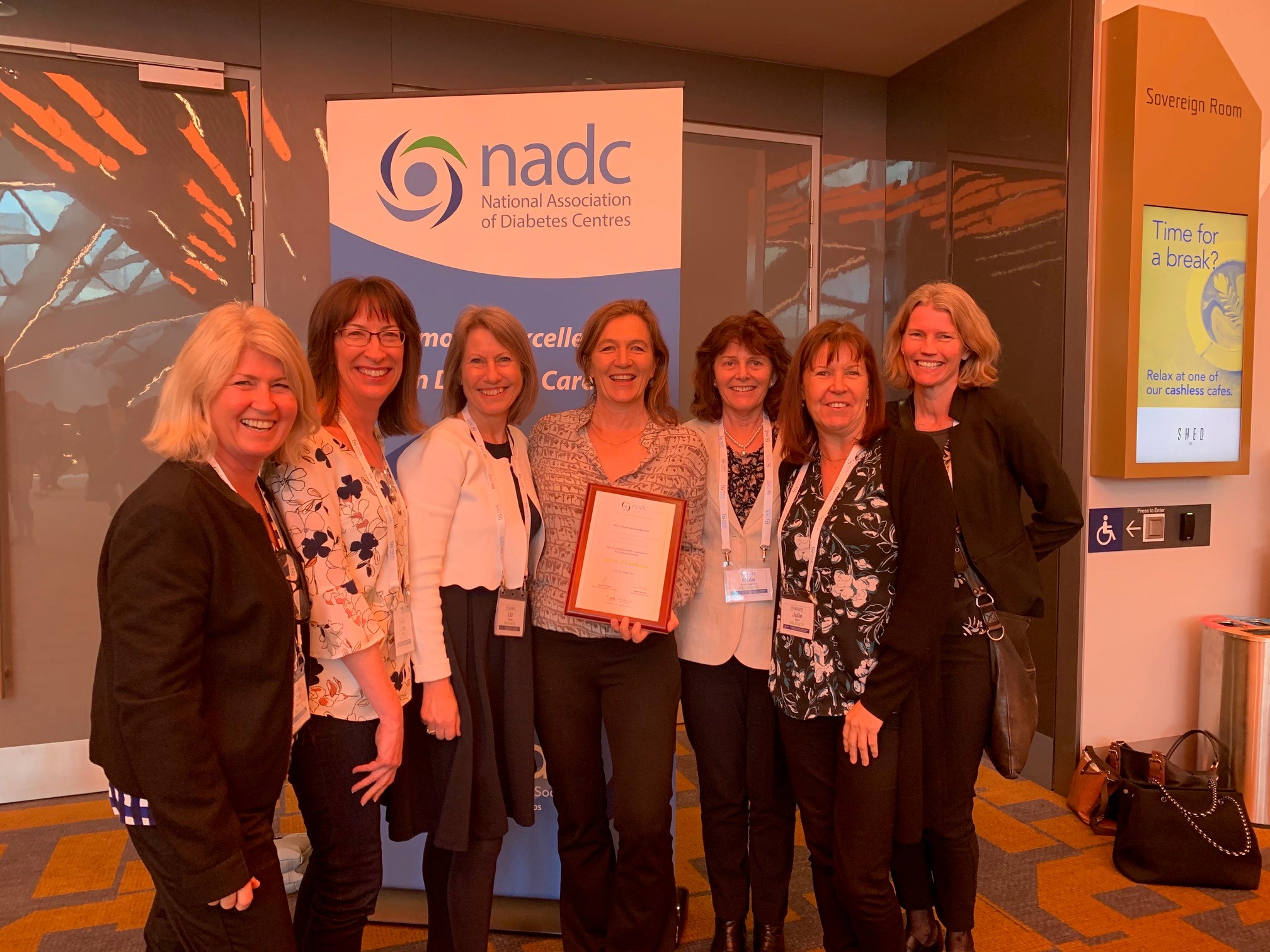Search

News & Events
Professor Davis wins Diabetes Australia awardProfessor Liz Davis, Head of Endocrinology and Diabetes at the Perth Children’s Hospital is one of three diabetes leaders to receive the Outstanding Achievement Award from Diabetes Australia.

News & Events
Exercise and hypo awareness studyOur researchers want to assess whether a home-based program of either low-intensity or intermittent high-intensity exercise can improve the ability to feel hypo symptoms in individuals (14-35 years) with impaired hypoglycaemia awareness.

News & Events
Demystifying diabetes clinicsEver wondered why your child is grouped into a specific diabetes clinic?Clinical Nurse Consultant Liz Broad said clinics were firstly grouped as metropolitan or regional and then grouped by age.

News & Events
'No more needles!' Thomas' pump storyFebruary 22, 1999 will forever be etched into the memory of Thomas Johns as it marks the day he became the first child in Australia to be fitted with an insulin pump.

News & Events
Diabetes distress and teensDuring National Diabetes Week, we take a look at diabetes distress and what research the Children's Diabetes Centre is doing to improve the mental health and wellbeing of young people with diabetes and their families.

News & Events
Wellbeing activitiesWe have put together some activities that you can do while you’re at home with your family. It’s important to talk to your family about how you are feeling, and we hope these activities will encourage those conversations while having a bit of fun.

News & Events
Diabetes Service wins major awardPerth Children’s Hospital’s Diabetes Service has been named a Centre of Excellence (COE) and Tertiary Level Diabetes Service with the National Association of Diabetes Centres (NADC).
News & Events
On-call paging service has a new numberIf you have an urgent matter regarding the medical care of your child with diabetes you are encouraged to call the on-call paging number which has a new number. The new number is 08 6456 5993.

News & Events
Animas pump offerInsulin pump company Ypsomed Australia has announced an offer for families currently using an Animas Vibe.

News & Events
Gifted pump proves a life changer for familyOliver Bowman is too young to understand the enormity of having type 1 diabetes but his young parents Brooke and Aidan know all too well the reality of having a child with a chronic disease.
